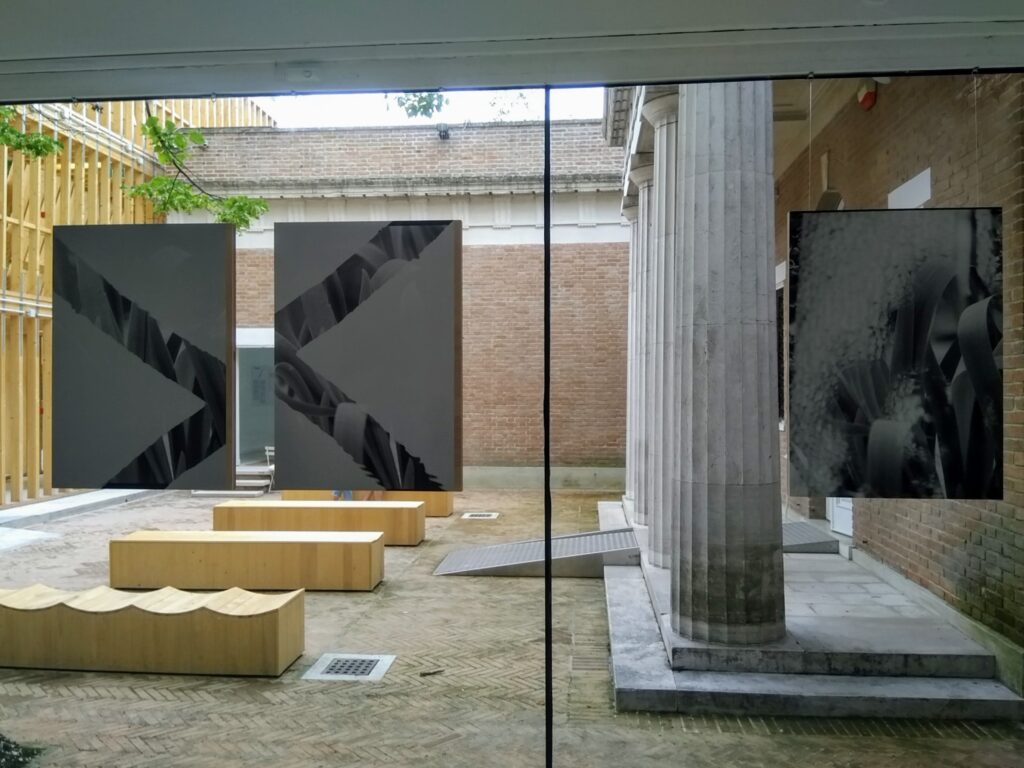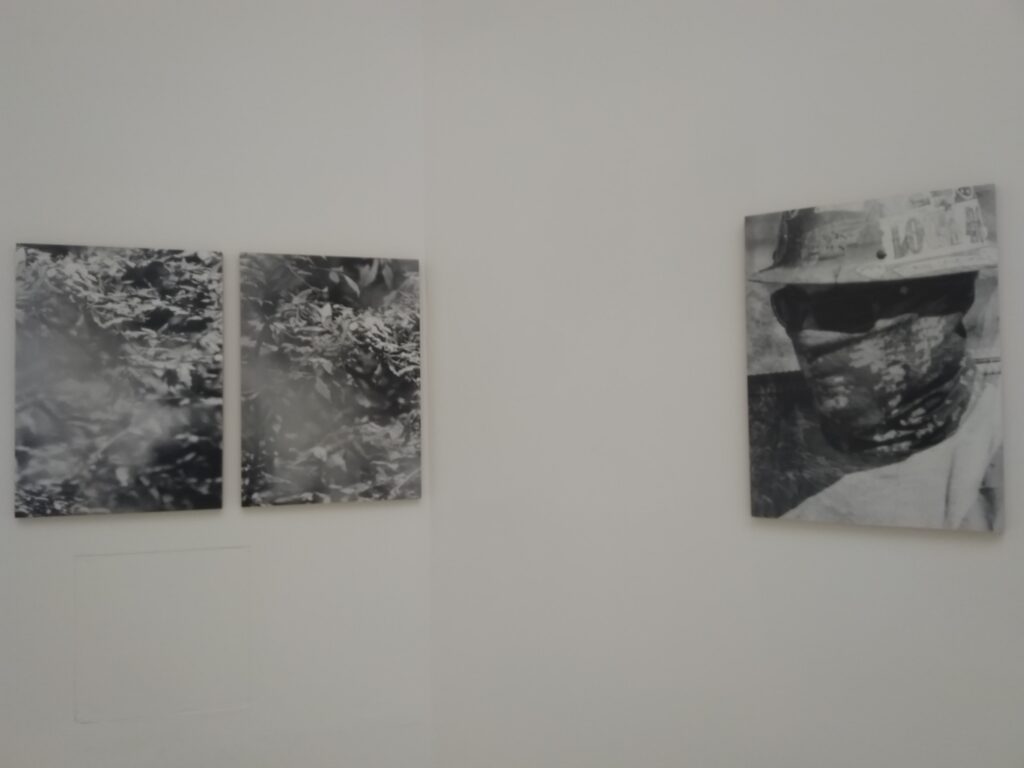American framing – The hands that built America
There is a small piece of United States in Venice, it is the American Pavilion at the Venice Biennale built by Williams Adam Delano and Chester Holmers Aldrich.This pavilion was built by the American architects in the 1940s in typical Palladian style, with very regular elements.
This Pavilion represents American art or architecture in Venice from May to November during the Biennale exposition, but this year, because of the pandemic most American visitors will not be able to see the architecture exhibition of their country in Venice.
Influent artists exposed in the American Pavilion, in 2019 the artist who exhibited in the pavilion was Martin Puryear, in 2017 Mark Bradford was the protagonist of the exhibition and in 2015 the Jury of the Biennale wanted to award the Pavilion of the United States of America for the presentation of Joan Jonas, an artist important for her work, her video-performance, starting from the 1970s . Jonas Jones’ dreams filled the pavilion with exciting video installations of animals and children, creating one of the most captivating pavilions of the Biennale.
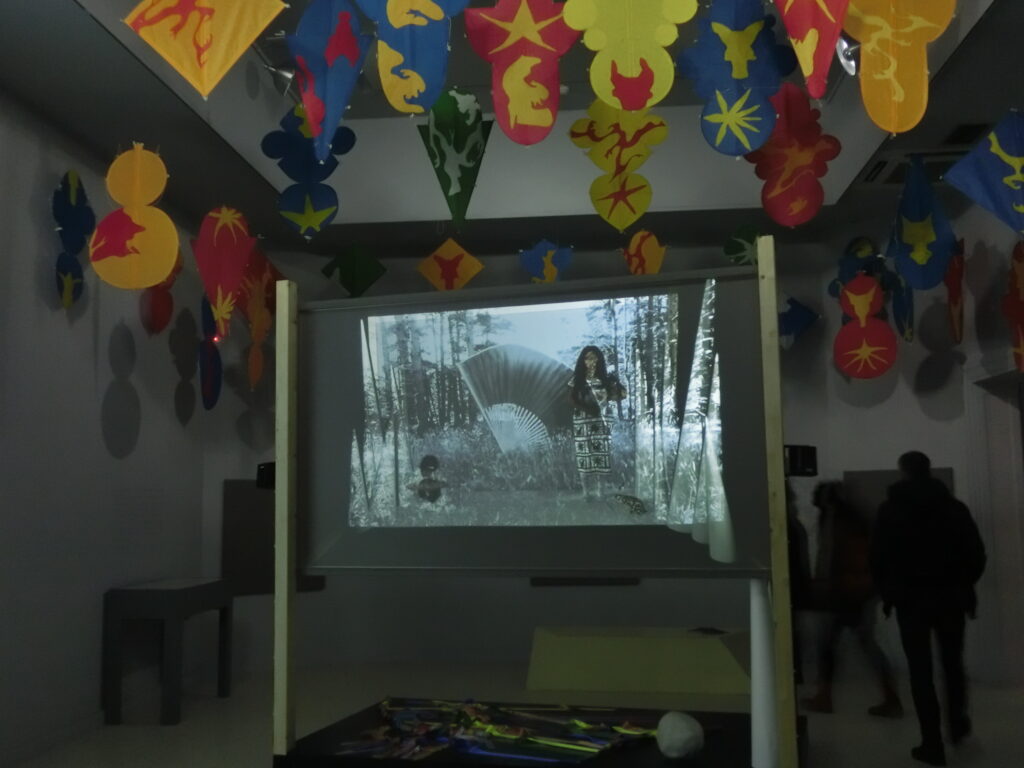
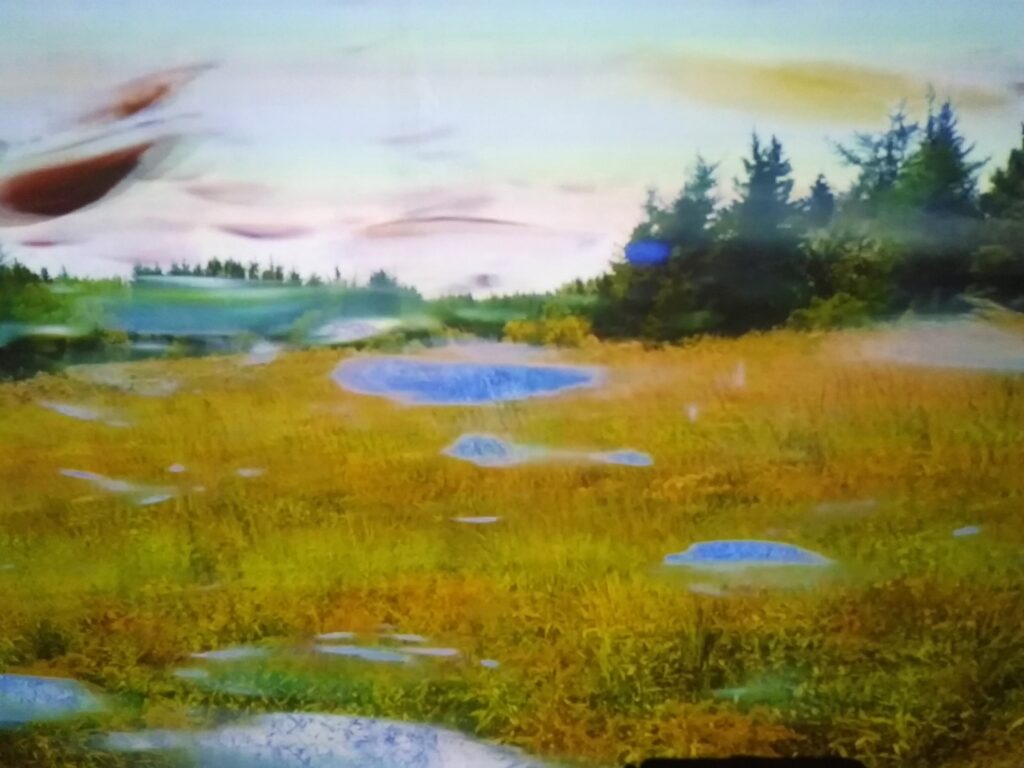
This year the American Pavillon of the Architecture Biennale 2021 is dedicated to the wooden architecture. In the nineteenth century new cities were built in America, but also the typical wooden architecture was developed.
In particular the wood frame construction was introduced as a pragmatic solution to infrastructure needs. And it was developed in the early nineteenth century during the rapid expansion in the West part of the United States.
This was the solution for an accessible building system among settlers with limited technical skills and building tradition. The forests of Southern Pine and Douglas Firs were abundant, so the wood framing become perfect for the new economy of American Midwest.
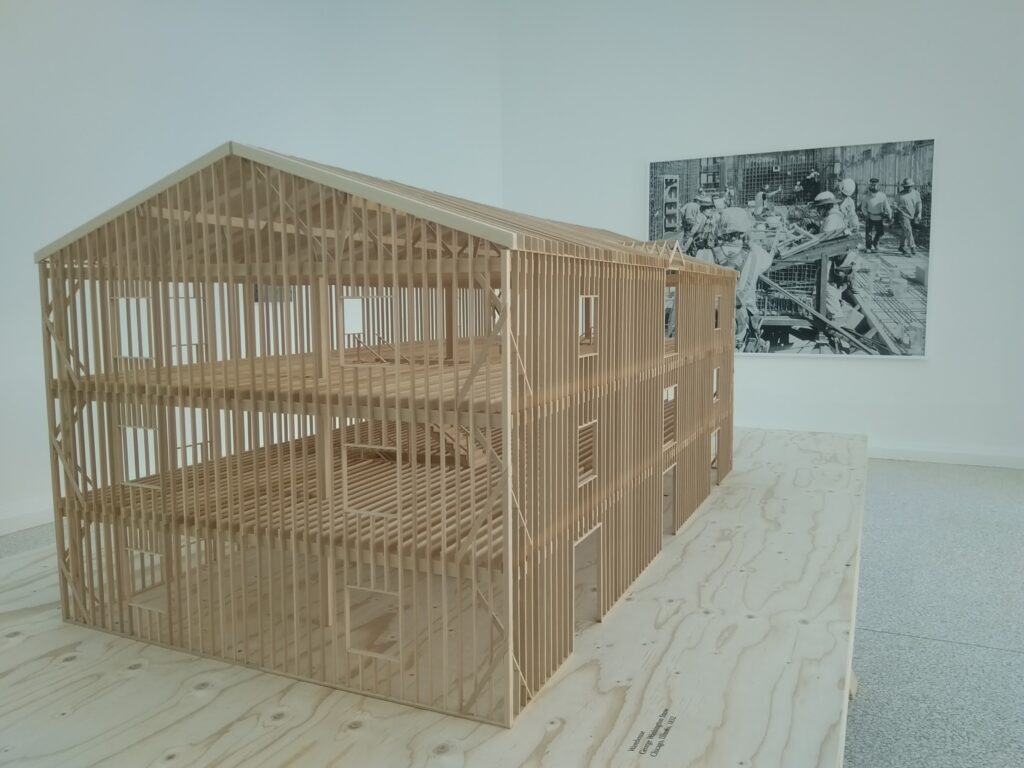
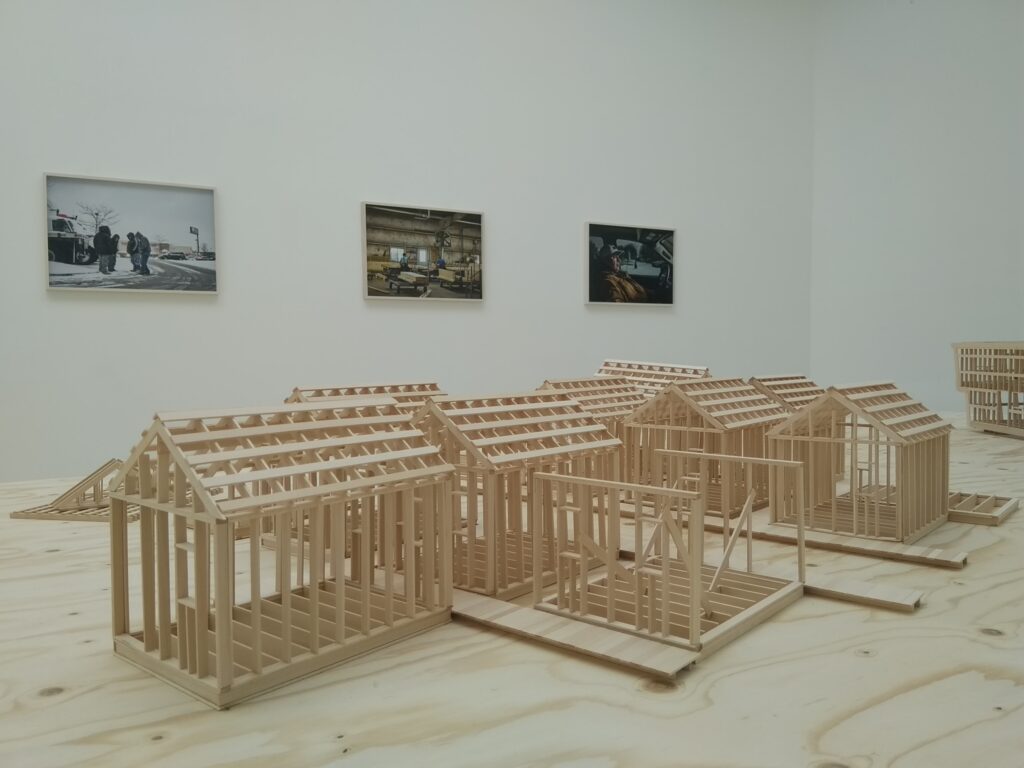
The exhibition inside the American pavilion – through scale models, documents and photographs illustrates the history, techniques and production processes of timber frame architecture in the United States .
The exposition is minimalist, in each room there are some models of historical architectures built in wood with this technique and some beautiful photos of these architectures or wood details of it.
The photograph Chris Strong took these pictures that document the techniques, context and labor behind wood framing. To create this photographic documentation, he traveled extensively throughout his country and visited different part of United States to understand the technique and the work of the builder.
In front of the Pavillon Paul Andersen and Paul Preisser, the two curators erected a four-story timber structure and covered the neo-classical façade of the pavilion.
Visitors are invited to walk inside it and sit down on the typical wooden chairs.
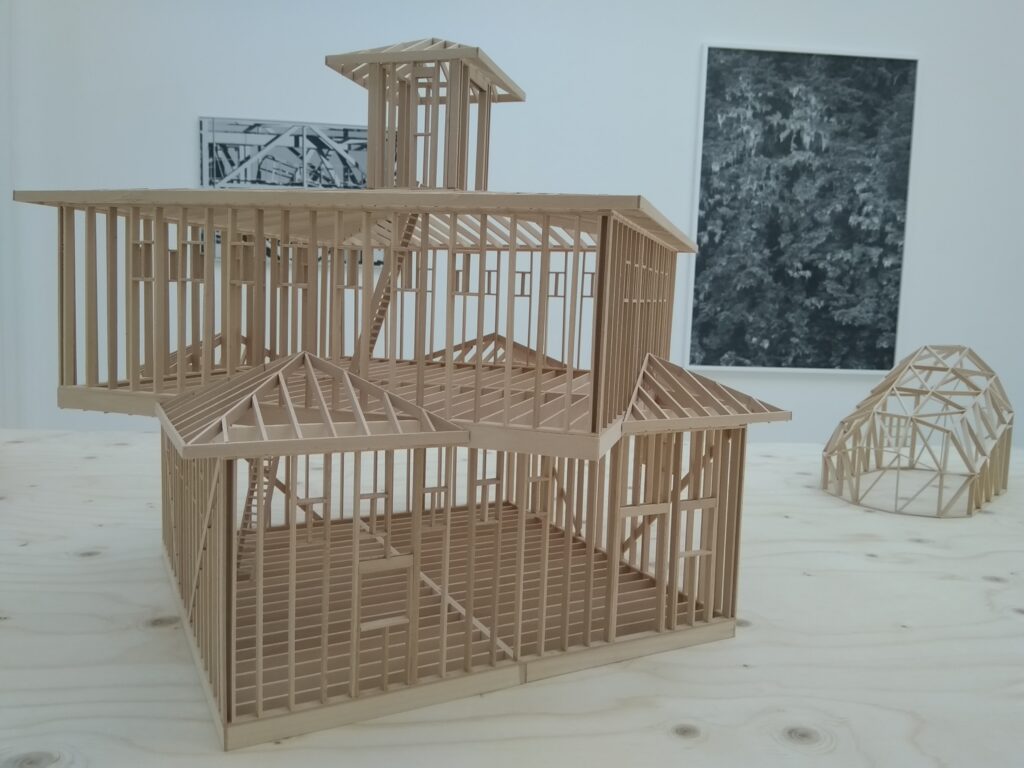
The architectural scale models exposed in each room were designed and built by UIC students during workshops led by Preissner and Andersen.
The idea of the curators is that today we are used to heavy structures, which are born with an idea and are built following a fixed and predetermined design that will not change during its existence, but today we have to get used to thinking of the home as a living place.
This space can be considered ‘alive’ and can change according to our needs. The wooden frame allows all this. When a house is built with this technique is possible to add a few more rooms or move a few elements. In this sense this technique make possible a great creative freedom.
The title of the 2021 Architecture Biennale, curated by Hashim Sarkis, was singularly prescient of the situation caused by the pandemic, wondering how we could visit together (How can we live together).
Perhaps these architectures, along with the other projects seen are the answer to the question
If you desire to discover the Biennale of Venice this is the link.
FIORELLA PAGOTTO — I am an art historian and a writer, author of essays on Venetian art history, biographies of artists and an official guide to the city of Venice.
